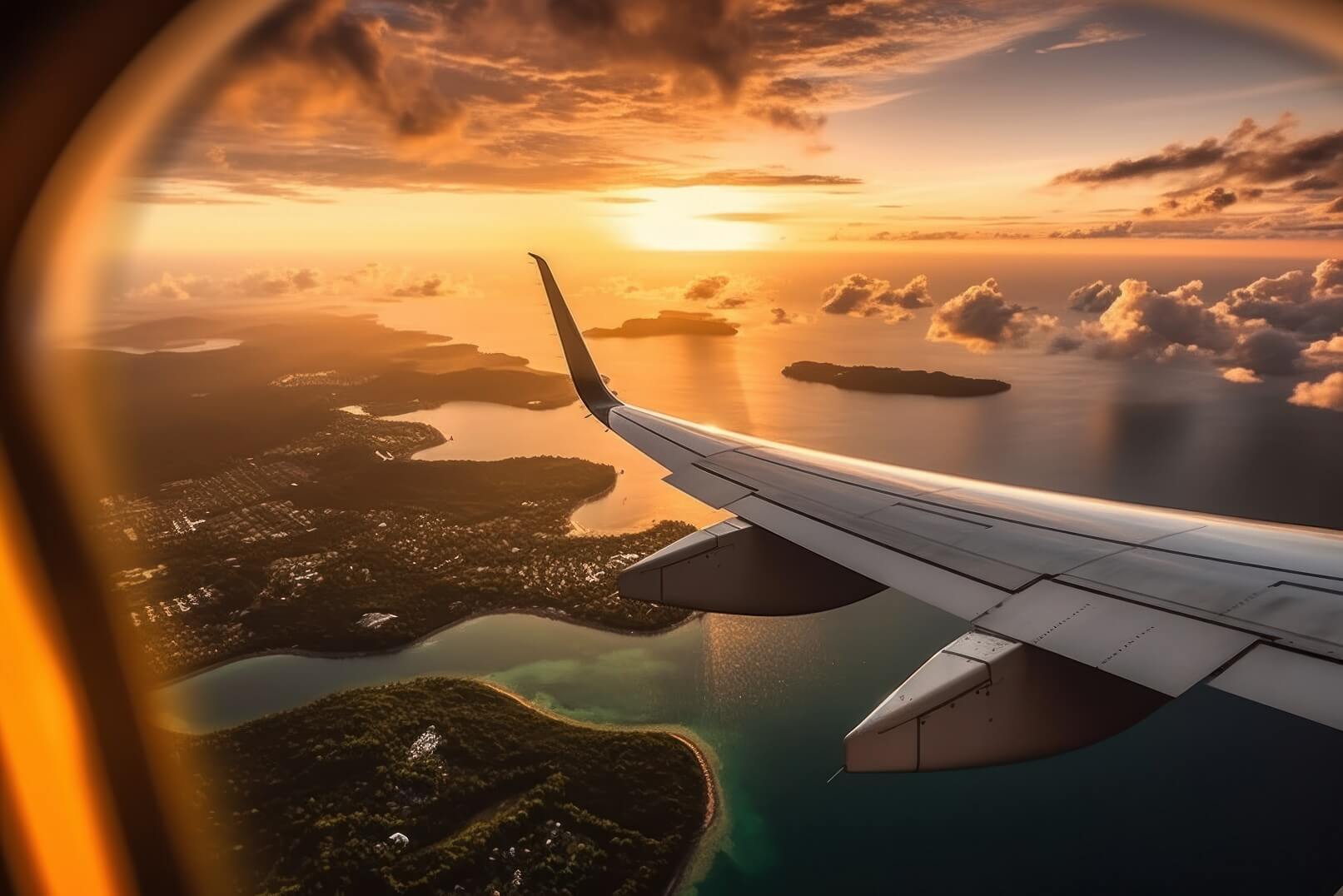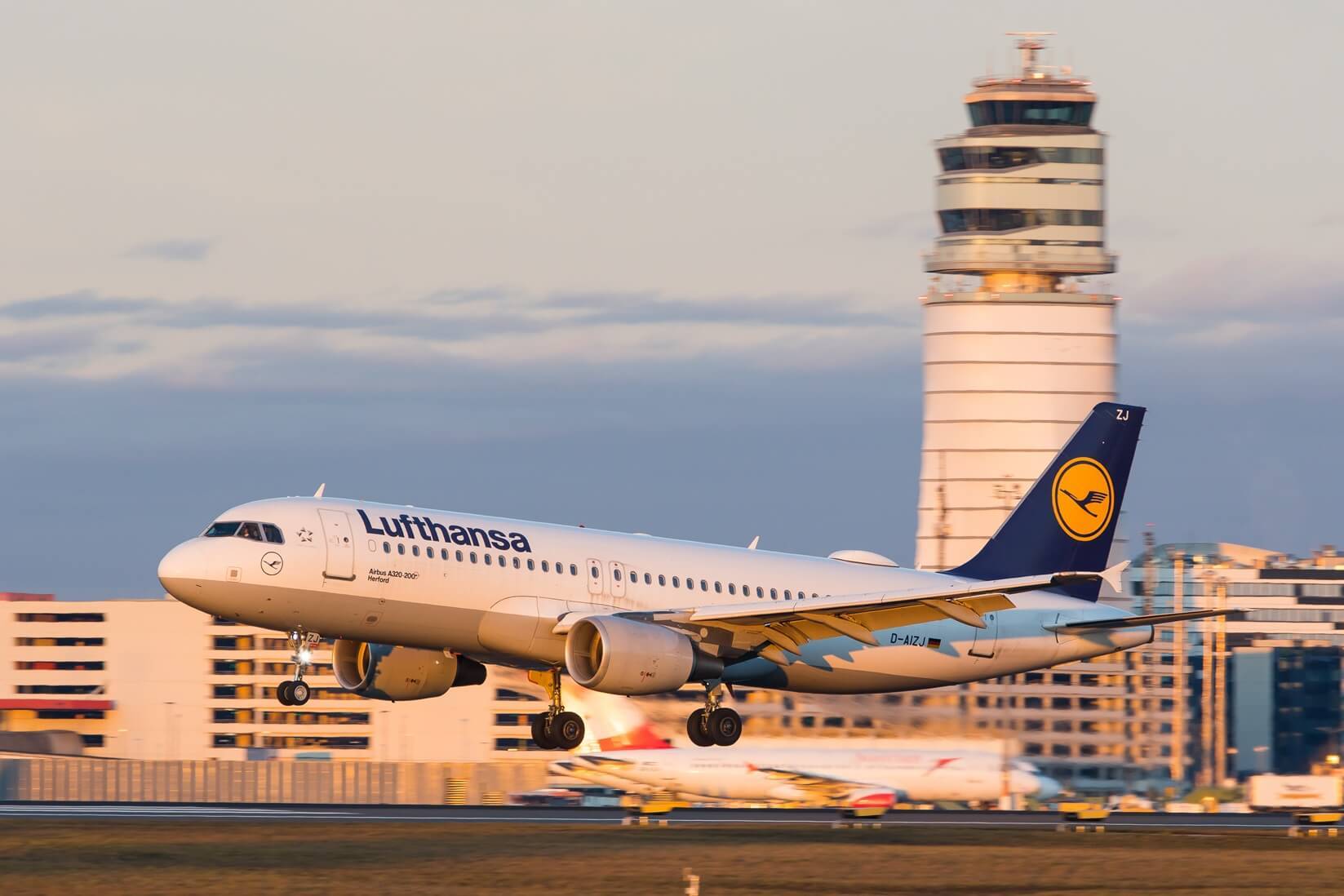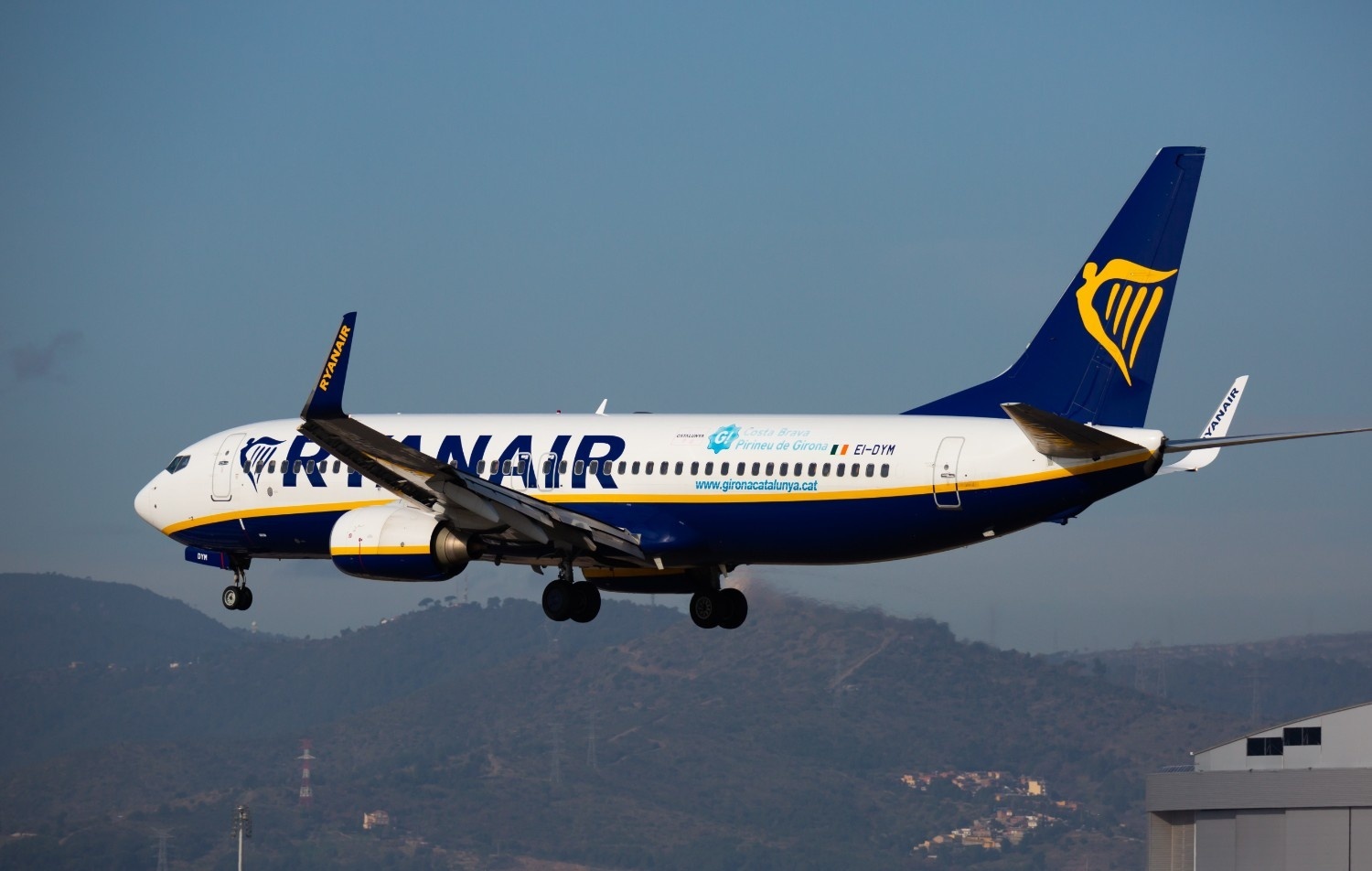How fast do planes fly and which are the fastest airplanes?

Air travel has revolutionized the way we connect with the world, significantly reducing travel time and expanding our global reach. A key factor contributing to the efficiency of air travel is the speed at which planes can fly. While not all planes are created equal in terms of speed, there are some remarkable aircraft that can achieve astonishing velocities. In this article, we'll explore how fast planes fly and take a look at some of the fastest airplanes ever built.
How fast do planes fly?
The speed of an aircraft is typically measured in knots, which are nautical miles per hour (1 knot equals 1.15 miles per hour or 1.85 kilometers per hour). Commercial airliners, such as the Boeing 747 or the Airbus A380, generally cruise at speeds between 480 and 560 knots (552 to 644 miles per hour or 889 to 1,039 kilometers per hour). These speeds allow them to cover vast distances efficiently.
However, military and experimental aircraft can achieve much higher speeds. The velocity of an aircraft depends on several factors, including its design, purpose, and power. Some factors influencing an aircraft's speed include the engine's thrust, aerodynamics, and the weight of the aircraft. The shape of the aircraft and the use of advanced materials also play a significant role.
The fastest airplanes in the world
North American X-15: The X-15 holds the record for the fastest speed ever achieved by a manned, powered aircraft. It reached a top speed of Mach 6.72, or 4,520 miles per hour (7,274 kilometers per hour) during a flight in 1967. This experimental rocket plane was part of the U.S. X-plane program and was used to gather data on aerodynamics, stability, and control at extremely high speeds.
Lockheed SR-71 Blackbird: The SR-71 is an iconic reconnaissance aircraft known for its incredible speed and altitude capabilities. It can fly at speeds exceeding Mach 3 (2,301 miles per hour or 3,700 kilometers per hour). The SR-71's unique design and advanced engines allowed it to outrun enemy missiles during reconnaissance missions.
Space Shuttle: While not a traditional airplane, the Space Shuttle was a winged spacecraft that re-entered Earth's atmosphere at incredible speeds. It reached a top speed of Mach 25 (over 17,000 miles per hour or 27,358 kilometers per hour) during re-entry. The Shuttle used its wings to glide back to Earth, making controlled landings.
Aerion AS2: Looking to the future, the Aerion AS2 is set to become one of the fastest civil aircraft when it enters service. This supersonic business jet is designed to fly at speeds up to Mach 1.4, or 1,074 miles per hour (1,727 kilometers per hour). It promises to reduce travel time for high-end business travelers significantly.
Boeing X-51 WaveRider: The X-51 WaveRider is an experimental unmanned aircraft designed for hypersonic flight. It reached Mach 5 (3,836 miles per hour or 6,187 kilometers per hour) during a test flight. Hypersonic planes like the X-51 have the potential to revolutionize long-distance travel.
The future of high-speed aviation
In the quest for ever-faster flight, researchers and aerospace companies continue to push the boundaries of what is possible. Hypersonic flight, which involves speeds greater than Mach 5, is an area of intense research and development. Such aircraft could potentially cut travel times between continents to a fraction of what they are today.
Several projects and concepts are in the works, including the development of hypersonic commercial airliners and spaceplanes that could take passengers from one side of the world to the other in just a few hours. These advances in high-speed aviation could make long-haul travel faster and more efficient, revolutionizing the way we experience air travel in the future.
In conclusion, the speed of airplanes varies greatly depending on their purpose and design. From commercial airliners to experimental aircraft, there is a wide spectrum of velocities. The fastest airplanes ever built, like the X-15 and SR-71 Blackbird, have achieved remarkable speeds, and ongoing research and development promise even faster and more efficient air travel in the years to come. As technology continues to advance, we can expect aviation to break new speed barriers and redefine the possibilities of air travel.
Latest posts
Flight delays and cancellations in July 2025
Check which flights were delayed in July 2025 – you may still be entitled to claim up to 600 € in compensation.
Flight cancellations and delays in March 2024
Check which flights were delayed in March 2024 – you may still be entitled to claim up to 600 € in compensation.
Flight cancellations and delays in February 2024
Check which flights were delayed in February 2024 – you may still be entitled to claim up to 600 € in compensation.












